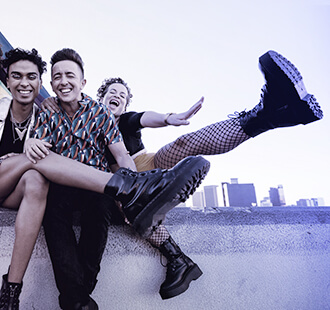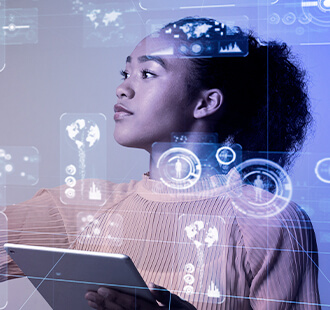
Risk aversion in business decisions stems from several factors. For many clients, the fear of financial loss or a failed initiative is often at the forefront. The pressures of managing large budgets, the livelihoods of employees, and maintaining market competitiveness create a solid aversion to risky ventures. Past failures, even minor ones, can reinforce a mindset prioritizing tried-and-tested strategies over bold, innovative moves. External factors like market volatility or economic instability can also drive clients to stick with familiar, low-risk options.
These clients are not opposed to success—they just want to ensure that success comes without unnecessary risk.
The Hidden Fears Behind Creative Hesitancy
Beneath their cautious approach lie deeper fears that fuel their reluctance to embrace bold ideas:

These hidden fears can inhibit their willingness to embrace change, even when there’s potential for reward.
Identifying the Signs of a Risk-Averse Client
Recognizing a risk-averse client allows you to adjust your approach accordingly. Common signs include:
– Hesitation with Novelty: They are slow to engage with ideas that differ from their norm.
– Over-Analyzing Risk: Clients may ask for exhaustive details on potential downsides early in discussions.
– Lengthy Decision-Making: Their decision-making process often involves multiple layers of approval.
– Reliance on Past Success: A preference for replicating previous methods rather than trying something new.
Spotting these behaviors helps you anticipate objections and tailor your pitch to their concerns.
Building Trust Before Presenting Bold Ideas
For risk-averse clients, trust is a vital foundation. Without it, even the most well-thought-out, creative ideas will likely be dismissed. Building trust involves establishing credibility and demonstrating reliability from the outset. By positioning yourself as a trusted partner who understands their business needs, you can foster an environment where bold ideas are considered with an open mind.
Clients are more likely to embrace bold ideas if they believe you know your field inside out. Here’s how to build that confidence:
– Showcase Expertise: Provide examples of past projects and share your industry knowledge.
– Transparency: Be open about your process, including potential risks and how to manage them.
– Case Studies: Offer real-world success stories where bold ideas have worked for others in their industry.
Clients who trust you understand their needs will be more willing to step out of their comfort zone.
Why Trust is the Key to Selling Bold Concepts
Trust goes beyond being likable; it’s about showing clients that you have their best interests at heart. Risk-averse clients must believe that your bold ideas are not just creative for creativity’s sake but carefully crafted to drive business success. Trust reassures clients that you are not taking unnecessary risks with their business. It builds the confidence they need to explore bold ideas with the belief that they are backed by solid reasoning and strategic thinking.
Relationship-Building Techniques That Ease Client Worries
Strong relationships with clients can ease their hesitations about bold ideas. Regular communication is key—keep clients informed throughout the project to reduce uncertainty. Address their concerns head-on and offer clear solutions to alleviate fears. Additionally, providing small, incremental wins can help build a track record of success, making more significant creative leaps feel less intimidating. Involving clients in the creative process can also give them a sense of control, which can mitigate anxiety around new ideas.
The ultimate goal is to transform risk-averse clients into bold advocates for creativity, which takes time and the right approach. By introducing bold ideas incrementally, clients can experience small successes that reduce perceived risk and demonstrate the value of creative solutions. As they witness the benefits, their confidence in innovation will grow. Nurturing this confidence involves involving them in the process, celebrating victories, and reinforcing the strategic thinking behind these ideas. Over time, even the most cautious clients can learn to embrace innovation and take more daring risks within their organization.
How to Turn Skeptical Clients into Champions for Innovation
Once a risk-averse client sees the benefits of bold ideas, they can become your most prominent advocate. To encourage this:
– Invite Them to Share: Encourage them to speak about their success within their industry.
– Position Them as Innovators: Highlight their forward-thinking approach to others.
– Celebrate Their Story: Use their journey as a case study to attract other cautious clients.
Involving clients in the creative process through regular check-ins, workshops, or brainstorming sessions, builds their confidence and showcases the value of innovation. Celebrating successes together reinforces the importance of taking risks and demonstrates your commitment to meaningful outcomes. Additionally, continuously explaining the strategic thinking behind bold ideas helps skeptical clients appreciate the necessity of risks for growth and success.







